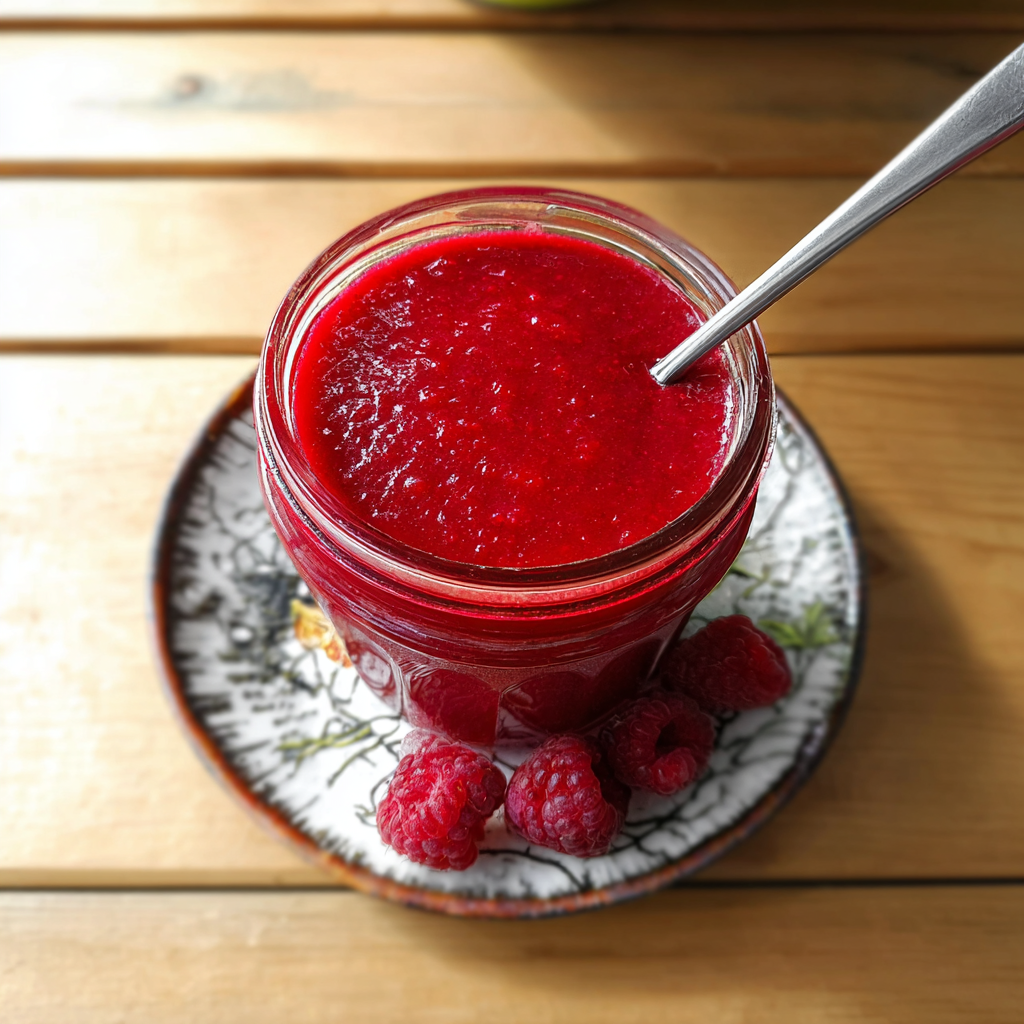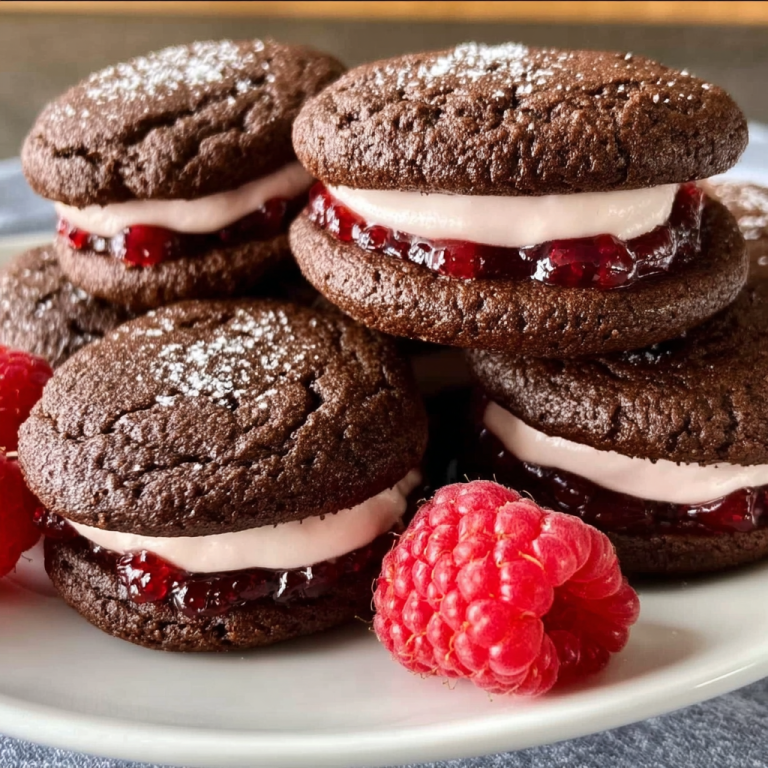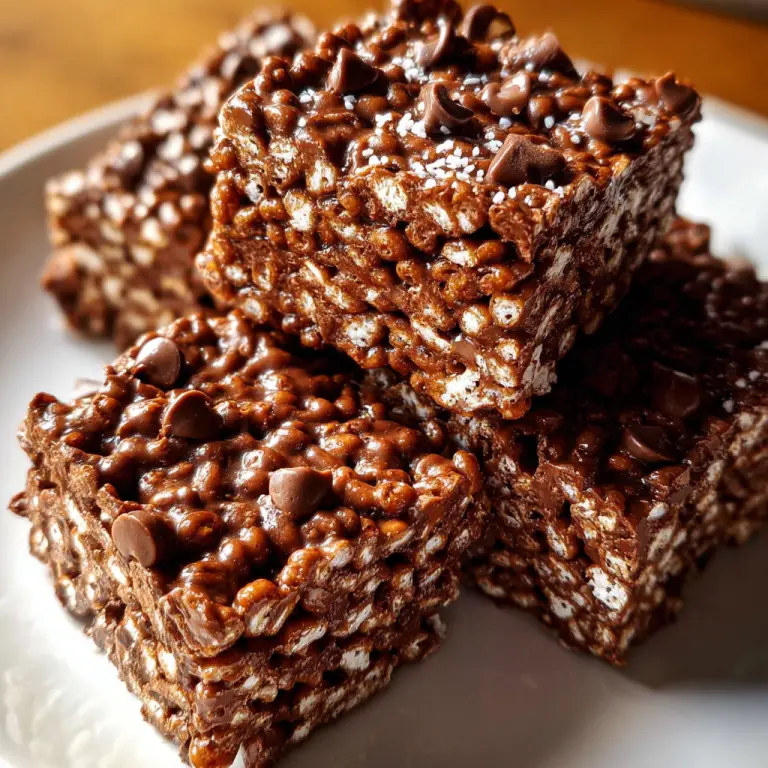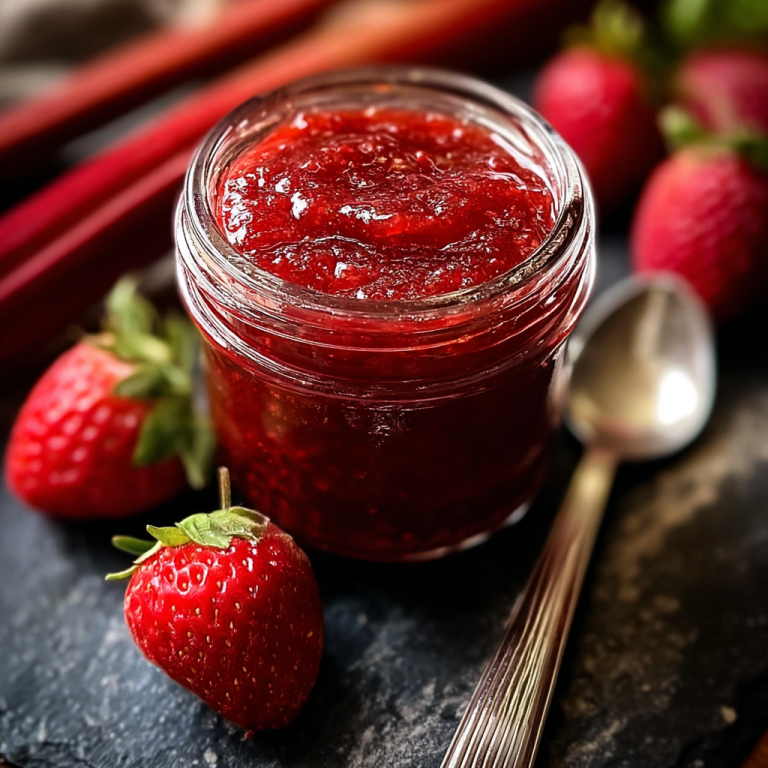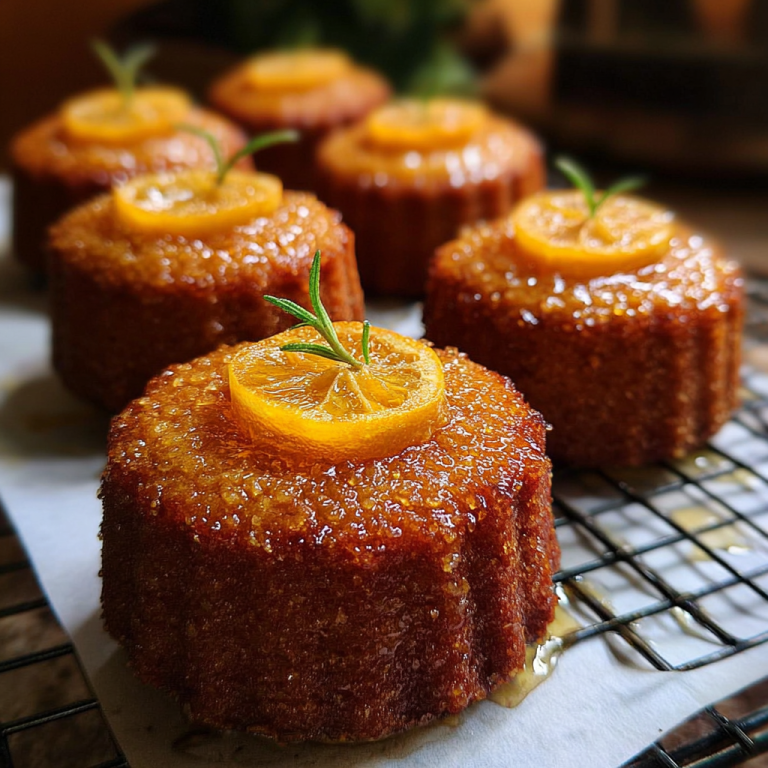Fresh Raspberry Curd
Fresh Raspberry Curd is a luscious, tart-sweet spread made from simple ingredients and bursting with vibrant berry flavor. Whether you’re looking to elevate your morning toast or add flair to a cake filling, this curd is a must-have in your recipe repertoire. In this guide, we’ll explore how to make it, how to use it, and why every home baker should know how.
Unlike traditional lemon curd, raspberry curd delivers a more complex flavor — sweet, slightly floral, and with a bright acidity that balances perfectly with butter and sugar. Plus, raspberries are known to be nutrient-rich fruits, offering antioxidants and fiber. Learn more about why raspberries are rich in antioxidants and fiber from this resource.
If you plan to make a big batch or share it as gifts, it’s essential to preserve it safely. Follow the preserve curd safely at home guidelines in this expert article on curd canning and safety.
🥄 What Is Raspberry Curd?
Raspberry curd is a creamy, custard-like fruit spread made with fresh raspberries, sugar, egg yolks, lemon juice, and butter. Similar to lemon curd but richer in flavor and color, it can be used in:
- Cake fillings
- Tarts and pies
- Toast and scones
- Yogurt and parfaits
- Cheesecakes
🌍 A Quick History of Fruit Curds
Fruit curds originated in 19th-century England, typically served with scones or toast during afternoon tea. Lemon was the most common, but over time, cooks have experimented with raspberry, passionfruit, orange, and more. Today, homemade raspberry curd has found its place in both home kitchens and professional bakeries.
🧈 Key Ingredients in Raspberry Curd
Creating raspberry curd is simple when you understand the role of each component:
- Fresh or frozen raspberries – Fresh gives the best flavor, but frozen can be used.
- Sugar – Balances the tartness and preserves the curd.
- Egg yolks – Provides structure and creaminess.
- Lemon juice or zest – Adds brightness and helps with thickening.
- Unsalted butter – Makes it smooth and luscious.
🍳 Tools You’ll Need
To make a perfectly silky raspberry curd, gather the following tools:
- Fine mesh sieve (for removing seeds)
- Saucepan or double boiler
- Silicone spatula or whisk
- Jars with lids (for storage)
Check out this guide for more essential tools for making raspberry curd and other baking basics.
👩🍳 Step-by-Step: How to Make Fresh Raspberry Curd
Here’s a foolproof guide to making your own raspberry curd at home:
- Cook the berries: Simmer fresh raspberries with a bit of water until they break down.
- Strain the mixture: Press the puree through a fine mesh sieve to remove seeds.
- Combine ingredients: In a saucepan, whisk egg yolks and sugar, then add the raspberry puree and lemon juice.
- Cook gently: Stir over medium heat until the mixture thickens and coats the back of a spoon.
- Add butter: Off heat, stir in cold butter until fully incorporated.
- Cool and store: Let cool, then transfer to sterilized jars.
⚠️ Common Mistakes to Avoid
Making fresh raspberry curd at home is a rewarding process, but it does require a bit of attention to detail. Even small missteps can lead to curdling, separation, or a less-than-smooth texture. Here are the most common mistakes to watch out for — and how to avoid them.
🔥 Overheating the Mixture
One of the biggest mistakes is using high heat. Egg yolks are sensitive and can scramble if exposed to too much heat too quickly. Always cook the curd over medium-low heat, stirring constantly until it thickens gently and evenly.
🥚 Skipping the Straining Step
Raspberries have seeds, and curd can develop small bits of cooked egg. If you don’t strain the curd through a fine mesh sieve, you’ll end up with a gritty or lumpy texture. Straining is key to achieving that smooth, velvety consistency raspberry curd is known for.
🧂 Using Whole Eggs Instead of Yolks
Whole eggs can make the curd overly eggy and less rich. Stick to egg yolks only for a creamy texture and better flavor balance.
🧈 Adding Butter Too Soon
Adding butter while the curd is still on the heat can cause it to split or become oily. Remove the curd from the stove first, then whisk in cold, cubed butter for a silky finish.
🥄 Not Stirring Continuously
Curd must be stirred constantly during cooking to prevent burning and ensure it thickens evenly. Don’t walk away — it only takes a few minutes of inattention to ruin the batch.
Avoiding these pitfalls ensures your raspberry curd turns out smooth, rich, and absolutely delicious every time.
🧊 How to Store and Preserve Raspberry Curd
Proper storage is key to maintaining the freshness, flavor, and texture of your homemade raspberry curd. Since it contains egg yolks and butter, it is perishable and should be handled with care to ensure both quality and food safety.
🧺 Refrigerator Storage
- Once your raspberry curd has cooled to room temperature, transfer it to a clean, airtight glass jar or container.
- Store it in the refrigerator for up to 10 days.
- Always use a clean spoon when serving to avoid introducing bacteria.
The flavor of the curd tends to deepen after a day or two in the fridge, making it even better for spreading on toast or layering in desserts.
❄️ Freezing Raspberry Curd
- Raspberry curd freezes beautifully for longer-term storage.
- Spoon it into freezer-safe containers, leaving about ½ inch of space at the top for expansion.
- Label with the date and freeze for up to 3 months.
- To use, thaw overnight in the fridge. Whisk to restore texture before serving.
Freezing is especially useful if you’re making a large batch or want to keep some on hand for holiday baking.
🫙 Canning and Preserving
Although not typically canned like jam, raspberry curd can be preserved using safe home-canning techniques. Be sure to follow tested recipes and use sterilized jars. A water bath canning process is recommended for longer shelf stability. You can refer to trusted canning guidelines to ensure food safety.
With proper storage, your raspberry curd will stay safe, luscious, and ready for any sweet moment.
🍰 Ways to Use Raspberry Curd
The versatility of raspberry curd makes it a joy to work with. Try these ideas:
- Spread on toast, scones, pancakes, or waffles
- Swirl into cheesecake or yogurt parfaits
- Pipe into cupcakes or layered cakes
- Use as a tart or pie filling
- Mix into mousse or buttercream
🥄 Recipe Variations
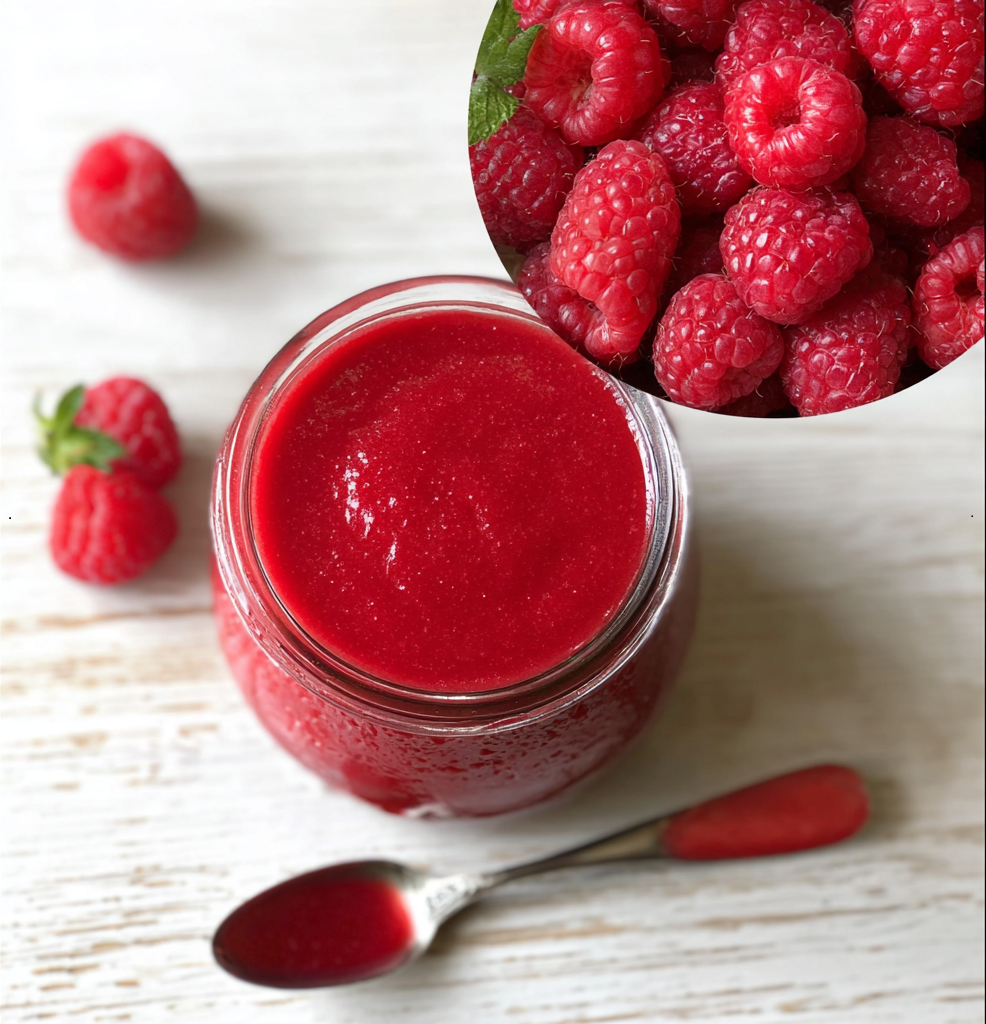
One of the best things about raspberry curd is its flexibility. Once you’ve mastered the basic recipe, you can explore a variety of delicious recipe variations to suit different tastes, dietary needs, and creative baking projects. Here are some of the most popular ways to customize your raspberry curd.
🍋 Raspberry Lemon Curd
For extra brightness, add more lemon juice or zest to the recipe. The tartness of the lemon balances the sweetness of the raspberries, resulting in a zippy, more citrus-forward curd. This version is perfect for tarts, macarons, or even spooned over scones.
🐣 Eggless Raspberry Curd (Vegan Option)
Looking for a dairy- and egg-free alternative? Try this eggless version:
- Use cornstarch or arrowroot powder as a thickening agent instead of egg yolks.
- Replace butter with vegan margarine or coconut oil.
- Simmer gently until thickened to avoid clumping.
This version is great for those with allergies or dietary restrictions and works wonderfully in parfaits or layered desserts.
🍯 Raspberry Honey Curd
Substitute sugar with honey or maple syrup for a more natural sweetener and a deeper, more complex flavor. Use about ¾ the amount of honey compared to sugar, and adjust to taste. The honey pairs beautifully with the floral notes of raspberries.
🍊 Raspberry Orange Curd
Swap out lemon juice for fresh orange juice and zest for a softer, more mellow citrus twist. Orange blends well with raspberry, creating a curd that’s perfect for spring or holiday desserts.
🥭 Mixed Berry or Mango-Raspberry Curd
Combine raspberries with strawberries, blackberries, or mangoes for a fruit-fusion curd. Just blend the fruits together before straining and cooking. This colorful version is perfect for layer cakes and summer trifles.
Try pairing with fruity and tangy bar desserts for a flavor explosion.
These variations prove that raspberry curd is anything but boring — it’s a canvas for your creativity!
🥥 Best Pairings for Raspberry Curd
Pair raspberry curd with:
- Flavors: Vanilla, coconut, pistachio, dark chocolate
- Textures: Buttery shortcrust, sponge cake, puff pastry
- Drinks: Chamomile tea, sparkling rosé, or Earl Grey
🥗 Nutrition and Dietary Notes
Raspberry curd contains:
- Healthy antioxidants from raspberries
- Moderate fat and sugar from butter and sugar
- Can be adapted for gluten-free, dairy-free, or low-sugar diets
🙋 Frequently Asked Questions (FAQs) About Fresh Raspberry Curd
Can I use frozen raspberries to make raspberry curd?
Yes! Thaw them first and follow the same steps as with fresh raspberries.
How do you thicken raspberry curd?
Proper cooking over medium heat and the addition of egg yolks help thicken the curd. Avoid overcooking.
Can raspberry curd be canned or preserved?
Yes, using water-bath canning and sterilized jars. See safe canning guidelines for details.
What desserts go well with raspberry curd?
Tarts, pavlovas, cupcakes, and even macarons benefit from its rich flavor.
How long does homemade raspberry curd last?
Up to 10 days refrigerated, and up to 3 months if frozen properly.
🍽 Raspberry Curd in Professional Baking
Professional pastry chefs use raspberry curd in:
- Elegant plated desserts
- Layered mousse cakes
- High-end breakfast menus
- Filled doughnuts and éclairs
Its bright color and silky texture elevate any dessert presentation.
🎯 Final Thoughts
Fresh Raspberry Curd is more than just a sweet treat — it’s a versatile, elegant addition to any baker’s repertoire. With its vibrant color, silky-smooth texture, and bold raspberry flavor, it transforms everyday recipes into something truly special. Whether you’re spreading it on toast, layering it in a cake, swirling it through yogurt, or filling pastries, this curd adds a burst of brightness and sophistication to your dishes.
One of the best things about raspberry curd is how easy it is to make at home using a handful of basic ingredients. Unlike store-bought spreads, homemade curd offers a fresh and natural taste, free from artificial flavors and preservatives. Plus, you can easily customize it — make it vegan, reduce the sugar, or experiment with citrus blends.
If you enjoy baking or simply love bold, fruity flavors, this is a recipe you’ll return to again and again. It’s also a great gift idea, perfect for brunches, birthdays, or holidays. Keep a jar in your fridge or freezer and discover new ways to use it — from breakfast to dessert.
Don’t just stop at raspberry — once you master the basics, the world of homemade curds is wide open. Happy cooking!

